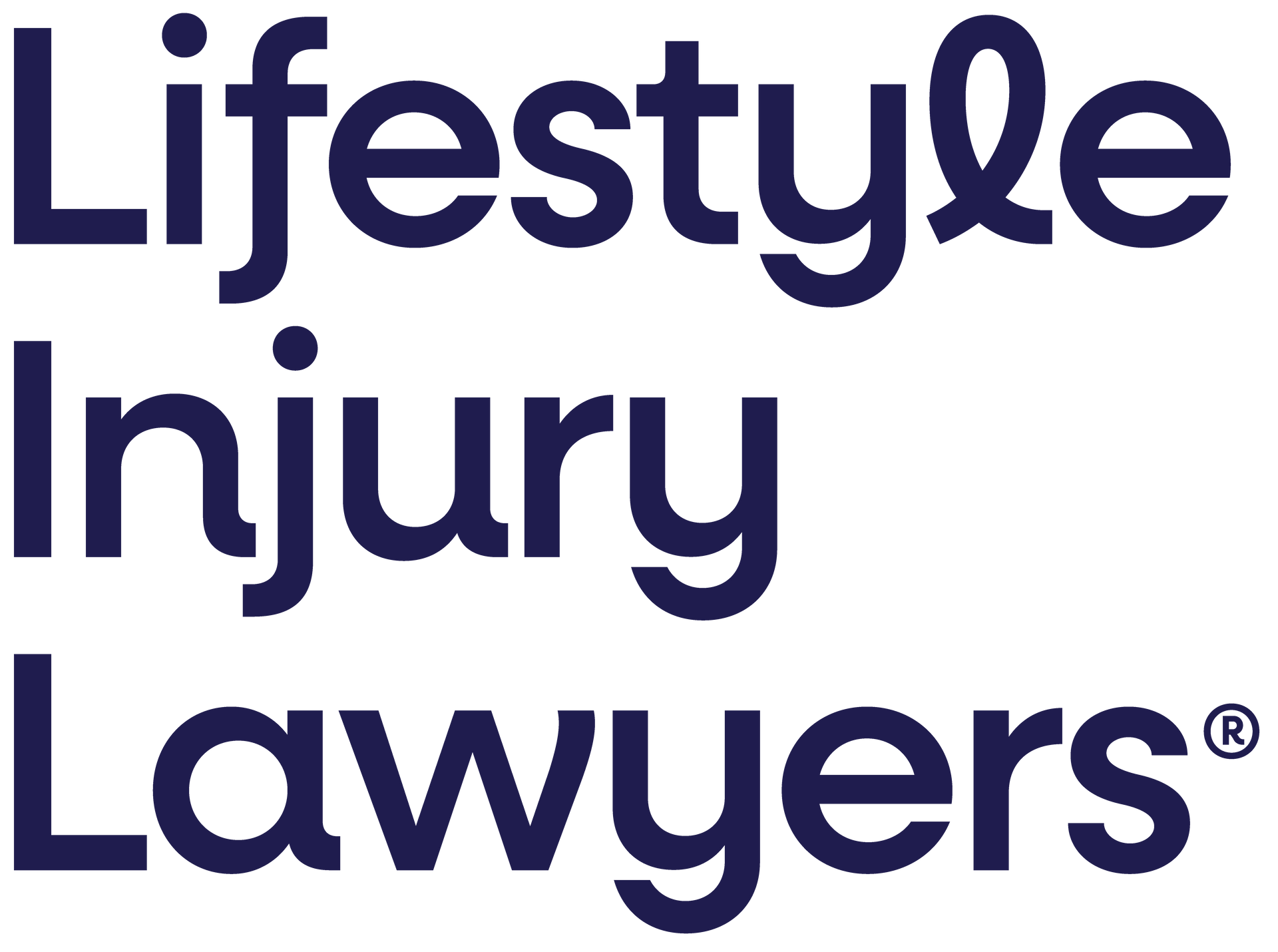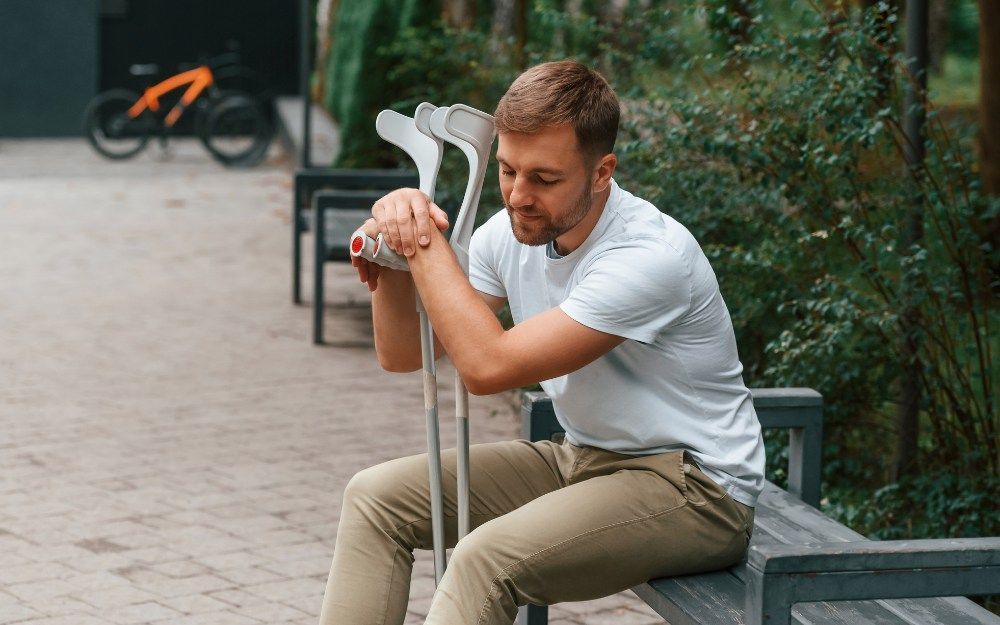What are the Rules Around Electric Bicycles and Can I Make a Claim if I’m Injured?
As the world transitions towards more sustainable modes of transportation, electric bicycles and scooters (e-bikes, e-scooters) are becoming increasingly popular as convenient, eco-friendly modes of travel.
But the sudden rise of these forms of transport have not been without incident. Serious injuries and even fatalities of both riders and pedestrians have occurred, raising the question of whether the laws around personal injury compensation are sufficiently up to date to address, for example, e-bike incidents.
In this post we’ll look at this timely issue in more detail, including the role of Queensland’s Motor Accident Insurance Act 1994 (‘MAIA Act’) in determining whether you can make a claim if injured while riding an e-bike.
More detail on the rules around e-bikes in Queensland
In Queensland, e-bikes can be ridden on all roads and paths except where bicycles are prohibited. Riders have rights and responsibilities like all road users and must follow both bicycle road rules and the general road rules. An e-bike does not need to be registered and users do not require a licence.
E-bikes are categorised as bicycles, not motor vehicles, as long as they meet specific criteria outlined by the Department of Transport and Main Roads (TMR). These criteria include:
- The electric motor should have a maximum continuous power output of 250 watts.
- At speeds up to 6km/h, the electric motor can operate without the rider pedalling. At speeds above 6km/h, the rider must pedal to keep the bicycle moving with the motor providing pedal-assist only.
- Once the rider reaches a speed of 25km/h the motor must stop operating (cut out) and you need to pedal to stay above 25km/h like a conventional bicycle.
- The total weight of the e-bike (including the battery) must not exceed 60 kilograms.
E-bikes that comply with the criteria listed above are classified as pedal-assisted bicycles, and riders are subject to the same rights and responsibilities as regular bicycle riders. However, it's important to note that if an e-bike does not meet these criteria, it may be considered a motor vehicle, and different rules, registration, and licensing requirements may apply.
An e-bike must not be ridden on Queensland roads if it has a petrol-powered or internal combustion engine; it has an electric motor that can generate more than 200 watts of power and is not a pedalec (the word for a low-powered electric bike where the rider’s pedalling is assisted by the motor); or, it has an electric motor that is the primary source of power.
Compensation claims for e-bike injuries
If you’re injured while riding an e-bike, or one hits you as a pedestrian, making a compensation claim is not necessarily straightforward.
In some cases of injury a claim will resemble the process followed for a motor vehicle accident under the MAIA Act, where compensation can be claimed for medical expenses, rehabilitation and other related costs. In this process the injured party needs to:
- seek medical attention and keep records of all medical treatments and expenses incurred;
- collect as much information as possible about the accident, including details of any other parties involved, witnesses, and the vehicles (if applicable);
- report the incident to the police as soon as possible and obtain a copy of the accident report to include with your claim;
- contact the insurer, if you have comprehensive car insurance that covers your e-bike, and provide them with all the necessary information and follow their instructions for filing a claim.
If the person injured in the e-bike accident does not have comprehensive insurance or the accident involved an uninsured vehicle, a claim for compensation may still be possible through Queensland's compulsory third party (CTP) insurance scheme, which is included in the registration fee for all Queensland vehicles.
CTP claims in Queensland are ‘fault-based’, meaning the injured person must establish negligence on behalf of the owner or driver of the vehicle which caused the accident leading to injury.
The CTP insurer will then assess the claim and determine the level of compensation the injured person is entitled to based on the circumstances of the accident and the extent of their injuries. In cases where the motor vehicle involved in the accident was uninsured or left the scene of the accident, Nominal Defendant will handle the claim.
Other types of claims
Because e-bikes do not need to be registered, however, an uninsured e-bike rider may become personally liable for the costs of injuring a pedestrian, for instance, should they run into and injure them.
Additionally, where the accident occurs when a rider is using the e-bike of a sharing or hire service, a claim for compensation may be complicated depending on the terms and conditions of the waiver signed before boarding the bike. The user agreement may limit the liability of the e-bike provider or, in the fine print, even shift responsibility to the rider. Also, if the rider is injured as a result of a mechanical fault, a claim for personal injury compensation may be possible against the bike’s manufacturer. In this claim the costs of any medical treatment or rehabilitation may be reimbursed once the claim is finalised at a settlement conference.
The importance of expert legal advice
At Lifestyle Injury Lawyers, compensation claims are our area of expertise. As detailed in this article, a claim for compensation after an accident involving an e-bike is largely dependent on the individual circumstances of the incident. While some claims will look like a motor vehicle accident claim, others will depend on whether the rider was insured or using an e-bike provided by a third party.
If you’ve been injured in an accident involving an e-bike, contact our professional team today for expert personal injury lawyers help in assessing your options for compensation.





